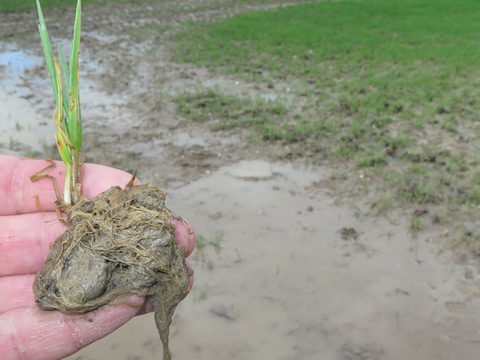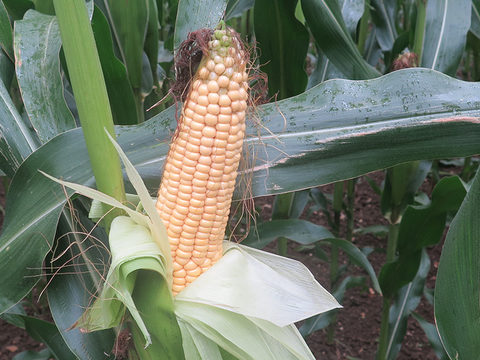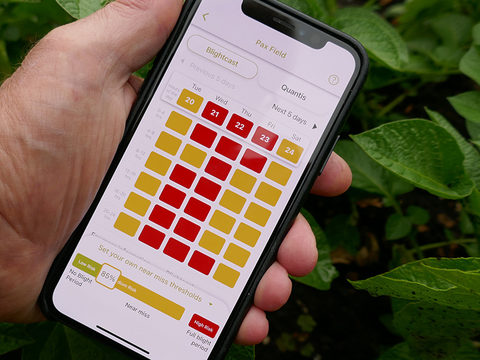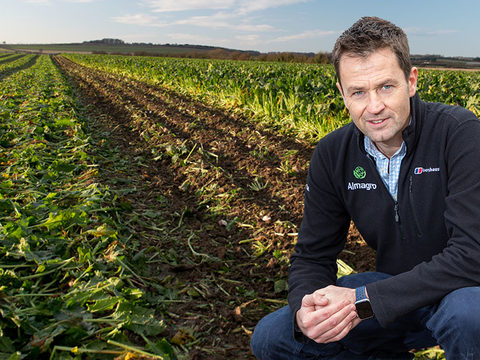Downy mildew risk rising

Onion growers and agronomists increasing irrigation in hot dry weather run the risk of raising humidity levels and conditions for downy mildew, as fast growing crops fill in and air flow is restricted.
Efforts to boost recovery, to help late drilled or slow to establish crops compensate for poor growing conditions and low light levels in early spring, can create more disease susceptible soft growth before leaves harden. Intense irrigation could also wash leaves of their natural defence protective wax coating, warns Syngenta Technical Manager, Simon Jackson.

“After the dry weather through early June, which eased downy mildew pressure less emphasis was placed on the early disease control programme.
"Now, growers and agronomists need to focus on the full canopy protection to keep crops growing cleanly, especially where any small foci may have established,” he advised.
With a rapidly growing canopy, a switch to Orondis Plus with Amistar is crucial to protect leaves in wet or humid conditions, which often occur as heavy early morning dews start to form later in the summer.
Infective spores
Downy mildew can typically cycle in eight to 10 days in warm wet conditions, but notably any spores produced can remain infective for up to four days – that can lead to very rapid development. Early infection foci quickly spread disease.

Trials have consistently shown that oxathiapiprolin in Orondis Plus is especially effective against oomycete spread disease pathogens. It provides an inherently high level of protection against infection.
Application technique
“That does make application important,” urged Simon. “Excellent results have been achieved with the Syngenta 3D ninety nozzle, where the angled nozzle, designed for grass weeds, also deposits high levels of spray droplets into onion leaves.”

The drift reduction capability is particularly effective at maintaining more even coverage across fields, where wind gusts can disrupt conventional spray nozzles.
He also advocated the addition of an adjuvant to be used for Orondis Plus with Amistar application, to enhance droplet spread and spray retention on the leaf.
“The inclusion of Amistar in the tank is essential for resistance management, to protect the hugely important oxathiapiprolin active for veg growers,” he added. Amistar also has effects on a range of onion pathogens and enhances plant health.
Growers and agronomists can include three applications of Orondis Plus with Amistar in their season-long onion spray programme, with the latest time of application just seven days before harvest.
The combination is also approved for downy mildew and disease control in lettuce.
Thrip mix
Orondis Plus strategies in late July could coincide with targeting thrips in affected crops this season.
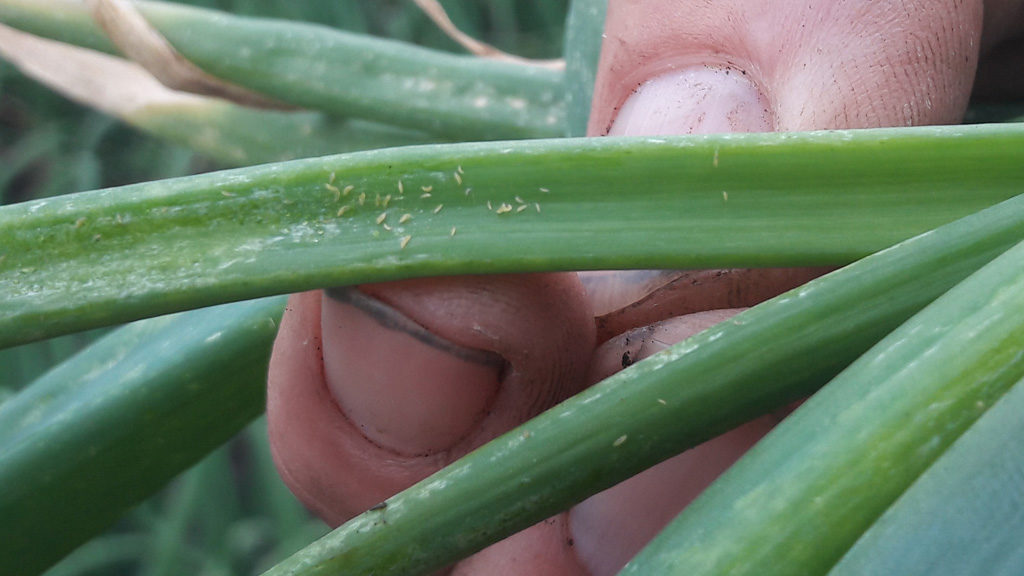
The fungicide application can be tank-mixed with Minecto One insecticide if infestation is at treatment threshold at the time.
“It can be convenient and cost effective for growers to tackle both treatments in a single application,” advised Simon Jackson.
“However, with application technique it is important to consider that the disease protection wants to stay on the leaf, while the insecticide ideally reaches down to the neck of the bulb where new leaves are emerging.”
Using a water volume of 200 litres per hectare should prove sufficient to achieve complete coverage, but operators should avoid reducing below that, he suggested.
Minecto One is also approved for thrip control in onions, as well as insect pests in a range of other crops.
New fungicide development
A new Syngenta fungicide for onions that brings all the benefits of oxathiapiprolin and further enhances disease control, without the reliance on a strobilurin resistance management partner, is undergoing final field trials this season and in the late stages of the regulatory system.

The further development of the popular Orondis brand could prove a very important product for vegetable industry agronomy programmes, believes Simon Jackson.
“It could help to simplify strategies and prove easy to use in spray programmes, with potential across a range of crops.”
Syngenta is planning for new product registration and availability for the 2024 season.




